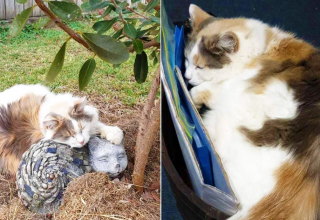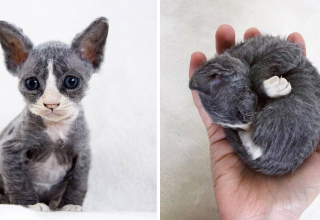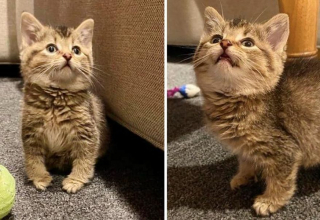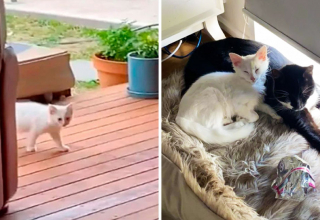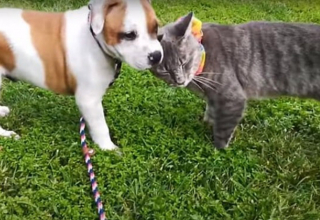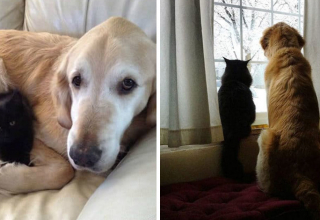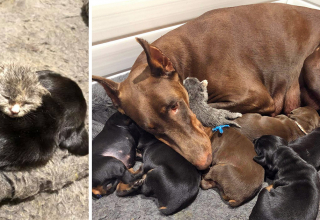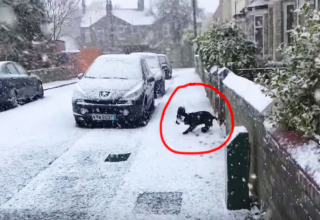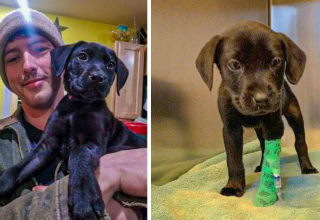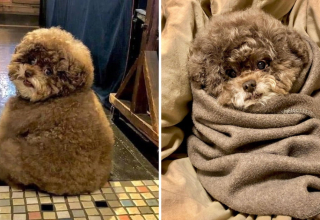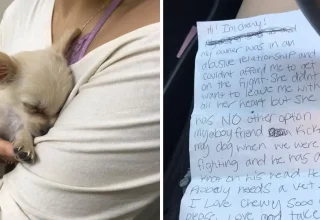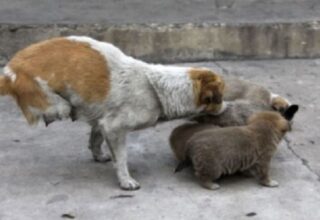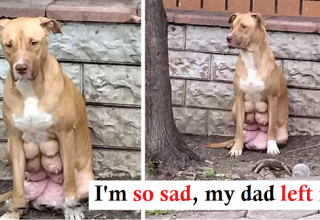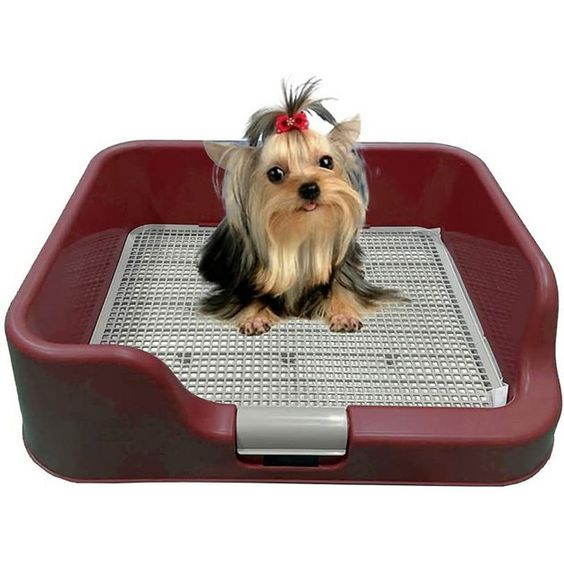
c2fb6770c30b5599943a093e1ba0a484
How to Train Dogs To Go To The Toilet in the right place in many simple and easy ways. From now on, you don’t need to worry about your dog peeing around.
When deciding how to properly potty train a puppy or a newly adopted dog, you have two options – train them to relieve themselves outdoors, or inside your home on a pee pad, and then move the pad outdoors. Begy will guide you through both options and give you essential tips in the article below!
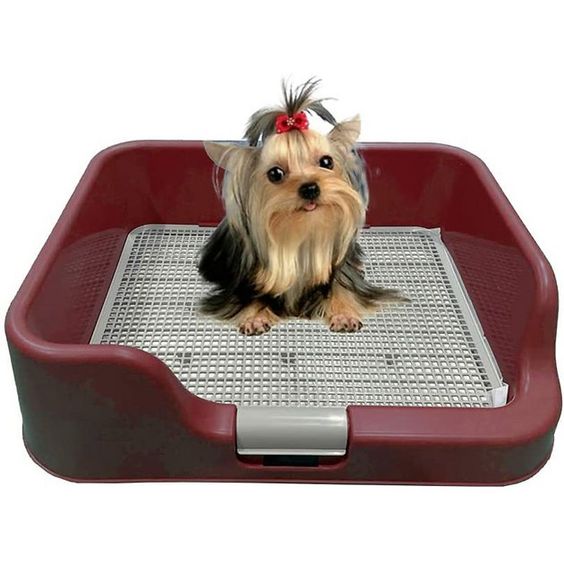
How to Train Dogs To Go To The Toilet
Can’t your puppy tell you they need some relief, or can he? The answer is that they can tell you that if you teach them the “release signal”. Toilet signals begin by showing your pet how to signal they want to go outdoors. From there, your dog will associate the feeling of needing to pee with being outside. Here’s how to get started:
Step 1: Teach your puppy the release cues
Let your puppy sit at the door, and when your pet barks, open the door and let them out. If you don’t want the dog to bark, then you can replace it by ringing the bell. When your pet rings the bell, open the door and take them outside. Remember that the relief signal is only for going to the bathroom, don’t let your dog play too much outside after going to the bathroom – otherwise, they will associate this signal with going outside, not just relaxing. where to radiate.
What to do if you need to change the potty signal here?
So, you taught your puppy to bark when he needed to go to the bathroom, but now he’s barking incessantly. In that case, you can try teaching them to sit at the door every time they need to go to the bathroom. You can put a mat next to the door and train your puppy to know that, when they sit on the rug, you will open the door for them to relax. From here, repeat steps 2 and 3 to complete your pet’s training.
Step 2: Determine the area to place the relief mat
Put your dog on a leash and take him to the part of the yard that you want him to tackle on his own. Don’t just walk your dog. Instead, wait for your pet to settle on its own. When puppies do, reward them with treats and verbal praise. This will make peeing outside a positive experience. If they don’t go, bring the puppy in and repeat. You will understand and catch up quickly.
Step 3: Use cartons/cribs when you’re not at home
When you’re not at home with your pet, put him in a permanent area, such as a kennel, or crate. This helps limit “accidents” in the bedroom, living room, or any other area when you’re not there to hear or see his release signal.
Methods to relieve indoors to outdoors
If you don’t have a yard or your puppy is still small, it’s best to start training him to relieve himself indoors and then move your pet outdoors. To start training your dog on his own in the house, you’ll need to learn how to train a puppy to relieve on a pad or how to begin reliever training in a kennel.
How to train a puppy to relax on a pad
Define a permanent area to start training your puppy to relax in the house — like the bathroom or laundry room (ideally, somewhere with an easy-to-clean floor). Next, arrange the space by covering the floor with some cushions and placing your pet’s bed in a corner of the room.
To get you started, here are some steps you can follow:
- STEP 1: Change the pee pad regularly, but place a small piece of the dirty pad on top of the clean pad in the area where you want your puppy to pee. The scent reminds your puppy that this area is a bathroom and can be released.
- STEP 2: Gradually remove pads near your pet’s bed, especially if your puppy is peeing in the same area.
- STEP 3: Continue removing the pads until only one or two sheets are left.
For owners who plan to move the puppy to another location in the home or yard, move the papers near this location. Now, you’re ready to teach your puppy relief cues so they can be comfortable outdoors.
How long does it take to train your dog to potty train in the right place?
There is no set amount of time when it comes to training puppies to relieve. Many factors come into play in this process, with consistency being the most important. Be sure to reward the puppies when they follow the training plan!
Remember that even an indoor-trained puppy will have an accident outside. To limit this behavior, keep your puppy’s schedule as consistent as possible. Training a puppy to relieve itself takes time and commitment, so don’t lose patience. When you feel your pet is going astray, go back to basics. With positive reinforcement, your pet will begin to recognize when they are exhibiting good behavior, so be patient!


